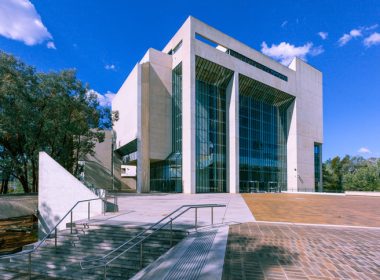Snapshot
- The Evidence Amendment (Tendency and Coincidence) Bill 2020, was passed by the Lower House on 4 March. If passed by the Upper House as predicted, it will be scheduled to commence on 1 May 2020.
- The primary intention behind the amendments is to facilitate greater admissibility of tendency evidence and coincidence evidence, particularly in criminal proceedings for child sexual offences. No doubt it will have that effect.
- However it may be expected that a number of difficult issues will arise when the courts come to apply the amendments.
The Evidence Amendment (Tendency and Coincidence) Bill 2020 will make a number of significant amendments to the NSW Evidence Act 1995. It was introduced as a response to recommendations of the Royal Commission into Institutional Responses to Child Sexual Abuse.The process involved in developing the amendments was explained by the NSW Attorney-General in the Second Reading Speech when the Bill was introduced into the NSW Parliament (Mark Speakman, 2RS, NSW Legislative Assembly, 25 February 2020). It is expected that identical amendments will be made in the other uniform evidence law (‘UEL‘) jurisdictions.
The amendments will apply to proceedings the hearing of which begin after the commencement of the amending Act.
Child sexual offence prosecutions
Some of the amendments relate specifically to tendency evidence and coincidence evidence adduced in child sexual offence prosecutions against a defendant. Thus, while s 97 (which requires tendency evidence to have ‘significant probative value’) is left unchanged, a new s 97A is introduced, (‘Admissibility of tendency evidence in proceedings involving child sexual offences’). In such prosecutions, tendency evidence showing a tendency to have a sexual interest in a child or children and/or a tendency to act upon such an interest will be presumed to have ‘significant probative value for the purposes of sections 97(1)(b) and 101(2)’ – unless the court is satisfied that there are ‘sufficient grounds’ to determine that it does not have significant probative value (s 97A(4)). Further, a court deciding whether there are ‘sufficient grounds’ to determine that the tendency evidence does not have significant probative value is not to take into account a number of specified matters ‘unless the court considers there are exceptional circumstances in relation to those matters (whether considered individually or in combination) to warrant taking them into account’ (s 97A(5)). The NSW Attorney-General observed that it is intended that this will ensure the courts do not determine that the presumption is rebutted ‘on the basis of the sorts of myths or misconceptions about the probative value of tendency evidence that have been perpetuated in case law, but were dispelled by the royal commission’.




